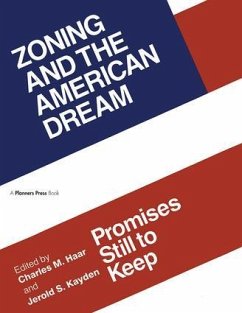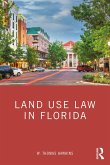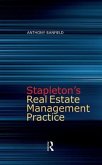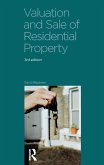This thoughtful book assesses just how well zoning is meeting its goals six decades after it was introduced. ?Zoning and the American Dream ? finds grounds for both optimism and pessimism. Though susceptible to gross misuse, Haar and Kayden argue that zoning is still the most powerful tool available for shaping the environment in which we live and work. The book starts before the Supreme Court's 1926 landmark decision in ?Village of Euclid v. Ambler Realty Company ? with a look at the battles that prompted litigation. It's a story of strong-willed individuals, surprising political coalitions, and debate on some of the major philosophical issues of the Progressive era. This great drama is recounted with flair and detail. The dusty files of Ambler Realty Company's lawyers are exhumed to reveal the thinking behind the case. We're given a lively first hand perspective of the unfolding trail strategy. There's also a look at the personal backgrounds of major and minor players and an appendix with thecomplete text of the decision. The book also explores the problematic sides of zoning-for example, its use for racial and class discrimination. One chapter uncovers how some communities have even used zoning not only to exclude blacks but to destroy existing viable black neighborhoods by zoning for intrusive commercial and industrial uses. The book casts a skeptical eye on increased judicial intervention in zoning as constitutional battles have involved judges more and more in the planning of American communities. It also examines the pervasive impact of zoning on design and questions the compatibility of zoning and traditional economic theory. Zoning and the American Dream is the first book that looks at zoning from every imaginable perspective: historical, physical design and planning, sociological, legal, economic, and political. It's a useful reference for professionals. And just a good read for anyone interested in the nature of American communities.








